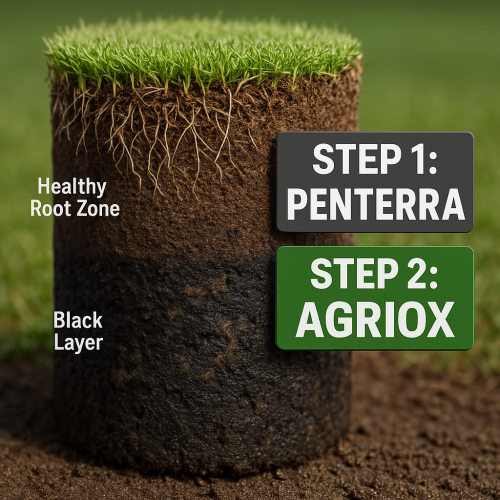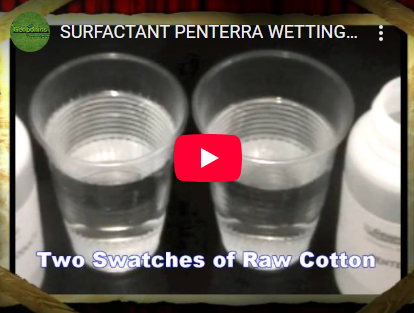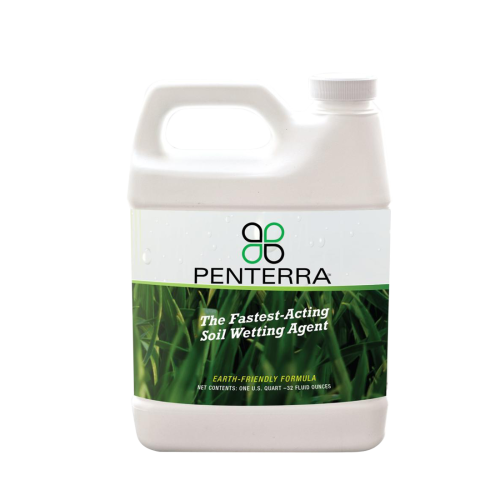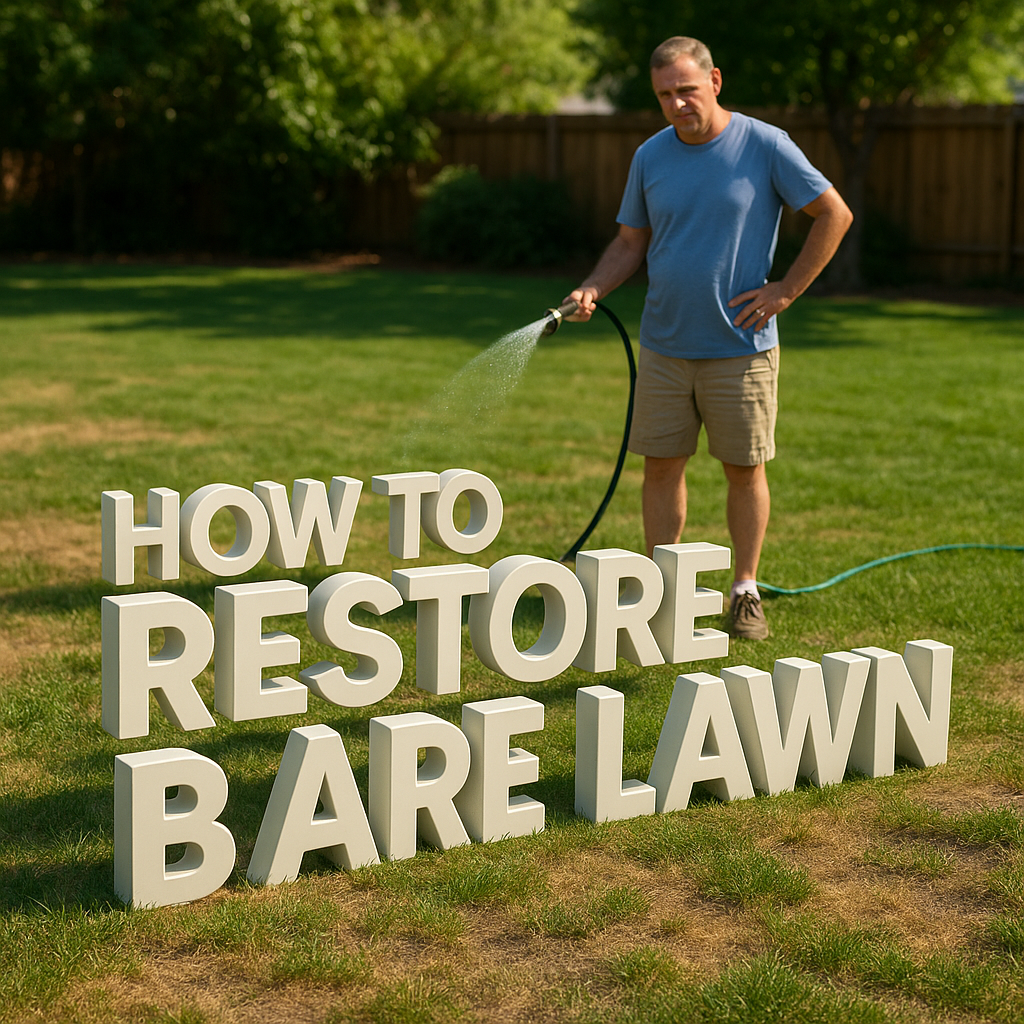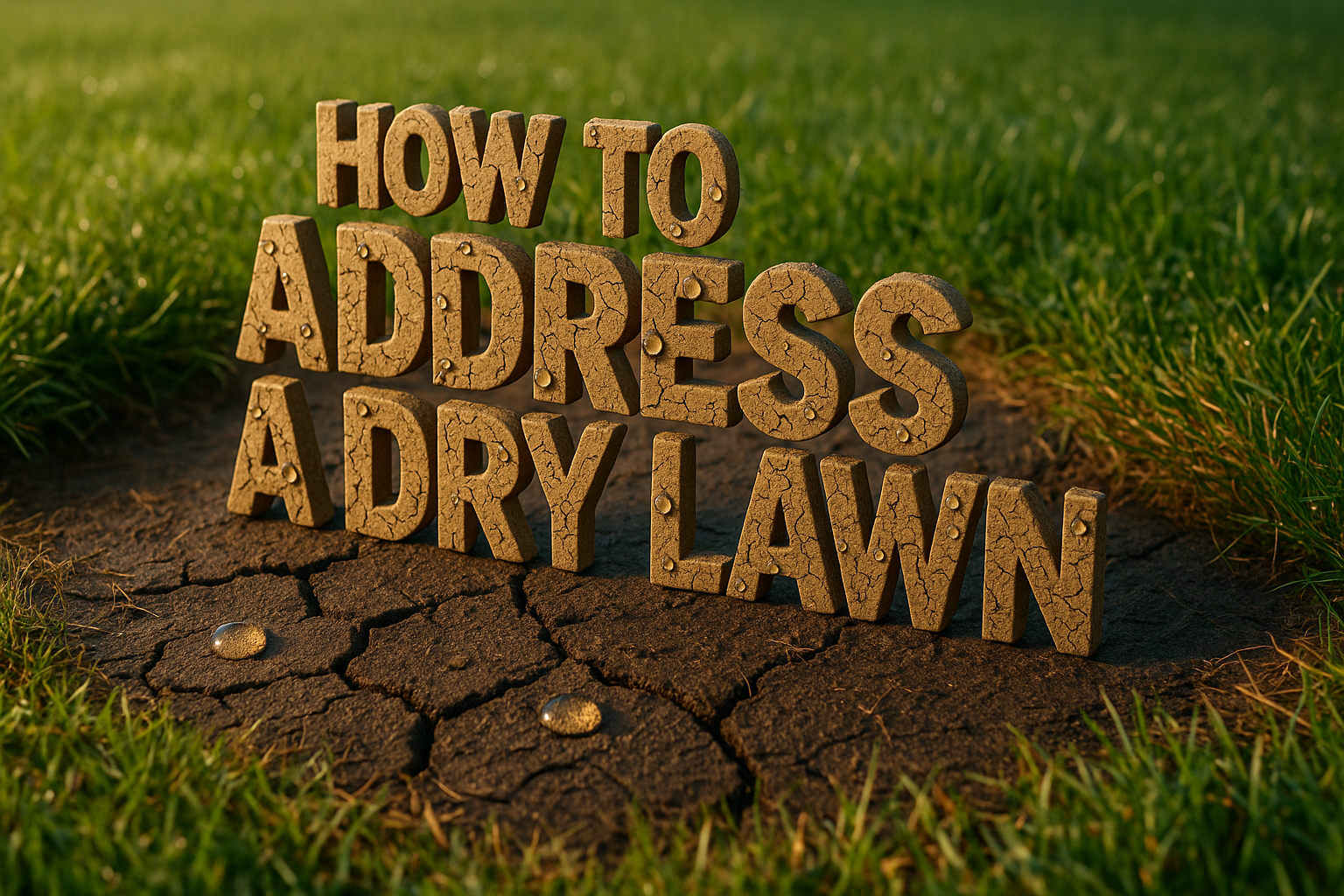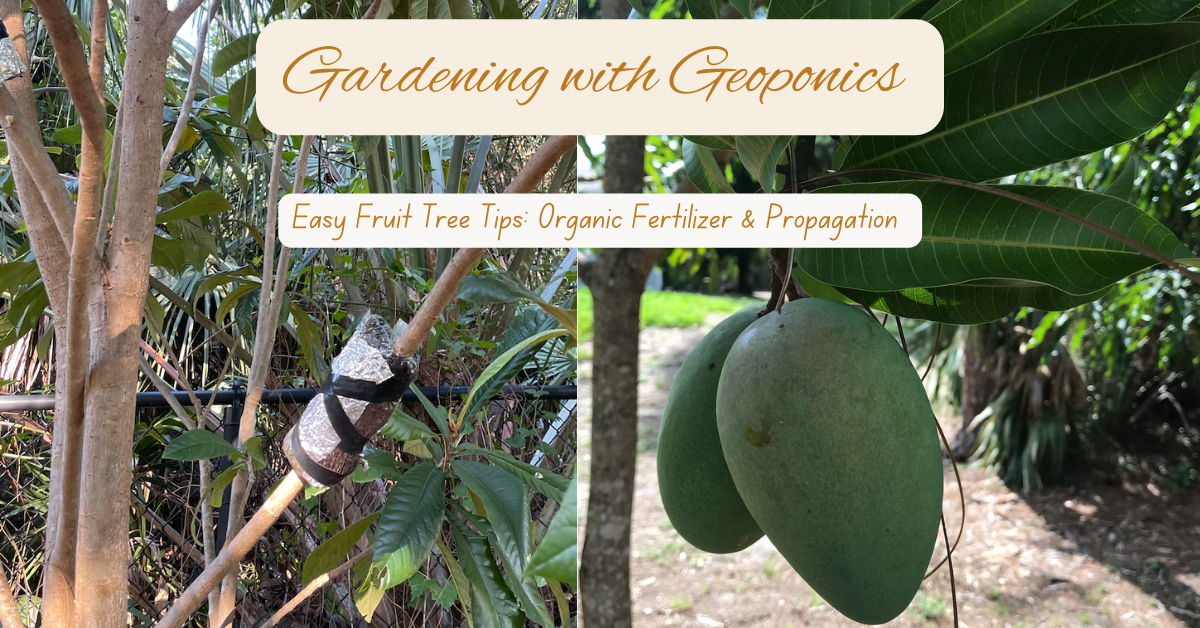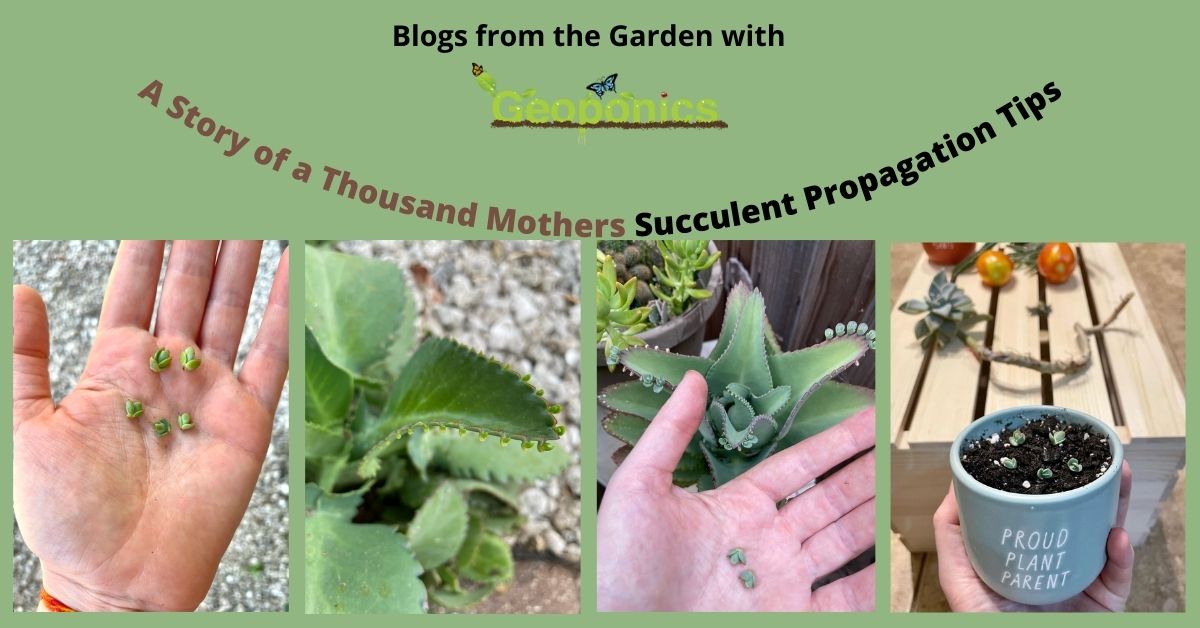What Is Black Layer in Golf Turf?
If you’ve pulled a core from a green and noticed a dark, foul-smelling band in the soil profile, you’re seeing black layer—a serious issue in sand-based putting greens. It signals a lack of oxygen in the root zone, leading to toxic gas buildup and turf decline.
Black layer is the result of hydrogen sulfide (H₂S) reacting with metals in the soil to form metal sulfides, like iron sulfide (FeS). This occurs only when soil becomes anaerobic (oxygen-depleted).
Why Black Layer Is Deadly for Turf
Hydrogen sulfide smells like rotten eggs—and it’s as harmful as it smells. In turfgrass, even low levels can:
-
Disrupt respiration in roots and shoots
-
Cause thinning, yellowing, and dieback
-
Turn healthy greens into straw-colored patches in days
University studies have shown that 1,000 ppm of hydrogen sulfide can kill creeping bentgrass within a week. The roots blacken, tissues rot, and turf loses its vigor.
What Causes Black Layer?
Black layer forms when oxygen cannot circulate in the soil due to:
-
Waterlogging from excess irrigation or rain
-
Compacted soil or physical layering
-
High thatch or organic matter
-
Use of elemental sulfur or sulfur-rich fertilizers
-
Poor infiltration or hydrophobic soils
These conditions allow sulfur-reducing bacteria (SRB) to thrive, producing toxic hydrogen sulfide gas in place of oxygen.
The Proven 2-Step Solution: Penterra First, Then Agriox
To eliminate black layer and restore healthy turf, Geoponics recommends a strategic two-step approach:
✅ Step 1: Apply Penterra
Penterra is a powerful soil penetrant that restores water movement and reopens the soil profile, allowing gases to escape and oxygen to return.
Why apply Penterra first?
-
It breaks surface tension
-
It penetrates layered or compacted soil
-
It allows Agriox to reach deeper where it’s needed most
💧 Penterra Application Rate:
-
64 oz per acre, applied in two directions (32 oz each pass)
-
Use 50-80 gallons of water per acre
-
Ideal spray nozzles: Heavy droplet
-
Lightly irrigate to activate
Allow the Penterra to move through the root zone, helping to displace standing water and restore natural air exchange. This sets the stage for maximum Agriox effectiveness.
✅ Step 2: Apply Agriox
Once the soil is open and water is moving, it’s time for Agriox—a unique soil oxygenator that rapidly increases redox potential and floods the root zone with life-saving oxygen.
Why use Agriox?
-
It neutralizes hydrogen sulfide gas
-
Reverses anaerobic conditions
-
Stimulates aerobic microbial activity
-
Breaks down harmful metal sulfides
📦 Agriox Application Rate:
-
20 lbs per acre
-
Mix with water (>50 gpa) and apply evenly
-
Follow with irrigation to activate
Agriox works in tandem with the pathways opened by Penterra, reaching deep into the profile where black layer forms.
Visual Indicators of Black Layer
| Symptom | Cause |
|---|---|
| Rotten egg odor | Hydrogen sulfide (H₂S) in root zone |
| Black streaks in soil cores | Metal sulfide accumulation |
| Thinning or dead turf patches | Anaerobic toxicity and root decline |
| Poor drainage and puddling | Compacted, hydrophobic, or layered soil |
Science-Backed Turf Recovery
Research shows that low redox potential (oxygen deficiency) enables hydrogen sulfide to form. Reintroducing oxygen—by chemical or mechanical means—stops this toxic cycle.
In studies where soil was oxygenated with nitrate or similar compounds, hydrogen sulfide production dropped by 90% in 24 hours.
Agriox mimics this natural oxidation response, while Penterra ensures the soil can receive and retain the oxygen by breaking compaction and restoring infiltration.
Why You Should Never Apply Sulfur to a Black Layer Green
Although elemental sulfur is used to lower pH, in sand-based putting greens it can lead to black layer explosions. Research shows:
-
1.5 lbs sulfur/1,000 sq ft + waterlogging = 20–30 ppm hydrogen sulfide
-
That’s enough to kill roots and turf in days
-
Sulfur combined with high organic matter supercharges SRB activity
Tip: If you must lower pH, use calcium nitrate instead—it also raises redox potential and oxygenates soil.
Turf Recovery Timeline with Penterra + Agriox
✅ Immediately after Penterra: Water begins to move, puddling subsides
✅ Within 48 hours of Agriox: Odors dissipate, soil begins oxygenating
✅ Day 3–7: Turf color improves, roots begin new white growth
✅ Day 10–14: Noticeably healthier greens, stronger turf density returns
Cultural Practices to Prevent Black Layer Recurrence
Black layer is a symptom of poor oxygen exchange. To prevent its return:
-
Aerate deeply and regularly
-
Avoid over-irrigation or shallow frequent watering
-
Skip sulfur-based products
-
Use nitrate-based nutrition to support aerobic soil biology
-
Apply Penterra monthly during wet seasons or high stress
-
Use Agriox month or after compaction events
Where to Buy
🔬 Agriox – Soil Oxygenator
Website: SoilOxygen.com
20-lb pails, easy to apply, safe for all turfgrass
🌊 Penterra – Soil Penetrant & Wetting Agent
Website: SoilPenetrant.com
Available in 2.5-gal jugs or 30-gal drums
Also sold at ShopGeoponics.com
Final Takeaway
Black layer is a silent killer beneath the surface. Left unchecked, it will choke roots, collapse greens, and force emergency turf replacement.
The solution is both scientific and simple:
👉 Step 1: Penterra — Open up the soil and get water and air moving
👉 Step 2: Agriox — Reoxygenate the root zone and eliminate hydrogen sulfide
This proven 2-step method reverses black layer fast—before turf loss becomes irreversible.


